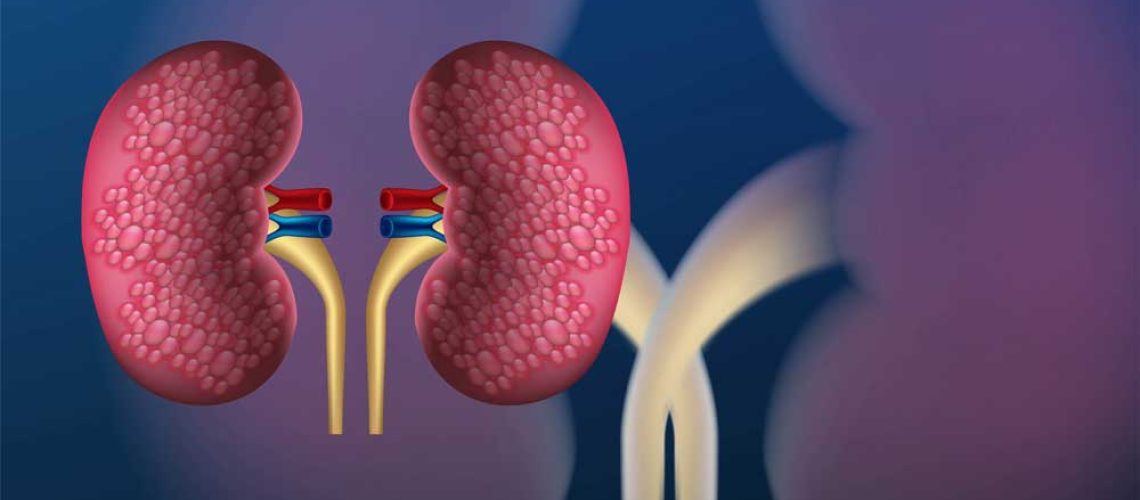Abstract (EN)
Purpose: Despite a high rate of undernutrition in renal transplantation recipients, prognostic value of sarcopenia remains unclear. We evaluated the relation between sarcopenia and post-operative outcomes after renal transplantation.
Methods: During 7 years, each patient who underwent renal transplantation was retrospectively included. Patients with no recent pre-operative CT-scan were excluded. Sarcopenia was evaluated by measuring the muscle surface area on CT-scan section passing through the third lumbar vertebra. Main outcomes were post-operative complications at 1 month and 1 year according to the Clavien-Dindo classification.
Results: Overall, 102 patients were included. One month of complication rate was 63.9%. At 1 year, 60.8% experienced at least one medical complication and 29.4% one surgical complication. At 1 year post transplantation, low muscle density on CT scan was a surgical complication risk factor (OR = 0.6, 95% CI = [0.3-0.9], p = 0.05). The area under the curve of a 1-year complication predictive model including muscle density was 0.64. We did not observe significant relationship between CT-scan sarcopenia indicator and 1-month post-transplantation complication.
Conclusion: Although no clear link between sarcopenia and complications was exhibited in our study, low CT-scan muscle density was associated with 1-year surgical complications. The role of muscle density and its relation with sarcopenia and post-transplantation outcomes should be further explored.
Keywords: (MeSH): renal transplantation; Complications; End-stage kidney failure; Sarcopenia.
Thomas Tabourin, Ugo Pinar, Lucie Cassagnes, Yves Boirie, Anne-Elisabeth Heng, Marlène Guandalino, Laurent Guy
© 2021. The Author(s), under exclusive licence to Springer Nature B.V. Photo : Freepik

